One of the most prominent images in ‘Boston’s Apollo: Thomas McKeller and John Singer Sargent’ at the Isabella Stewart Gardner Museum is not an actual work on display in the galleries. It is a mural just down the road, installed in the ceiling beside the grand staircase at the Museum of Fine Arts, Boston. Atlas and Hesperides, by John Singer Sargent, is part of the mural series that the MFA commissioned from the artist between 1916 and 1925. At the centre of this circular canvas is the crouching figure of Atlas, back bowed over bent knee, condemned forever to bear upon his shoulders the weight of the celestial spheres.
Reproduced on the walls of ‘Boston’s Apollo’, the image is accompanied by the quotation: ‘Atlas, with the world on his shoulders, this was my body.’ These words were written in 1948 by the exhibition’s protagonist, Thomas McKeller, who had posed for the figure of Atlas decades earlier. McKeller, a black man raised in North Carolina, was singular among the pantheon of models Sargent repeatedly engaged. Around 1913, McKeller left Wilmington, a city beset by anti-black violence, and travelled north. He eventually found work as an elevator operator at Boston’s Hotel Vendome, where he first encountered Sargent. The Gardner exhibition examines the relationship that developed between the two men and the representations of McKeller that Sargent produced between 1916 and the artist’s death in 1925.
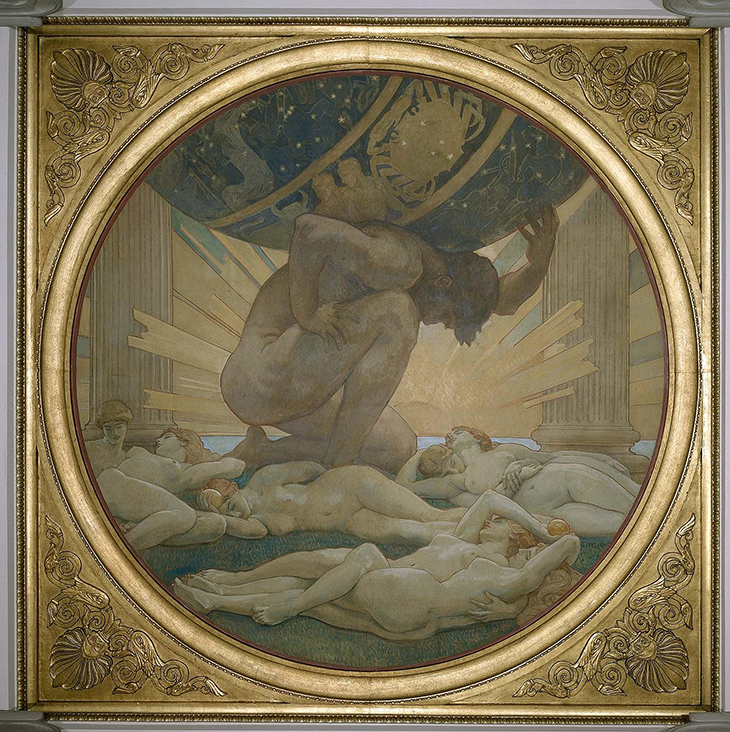
Atlas and the Hesperides (1922–25), John Singer Sargent. Museum of Fine Arts, Boston
During that period, Sargent metamorphosed his model into gods, goddesses, and soldiers –including the ‘Apollo’ of the exhibition’s title – for commissions at the MFA and Harvard. But decades later, when McKeller was asked about his involvement in some of Boston’s most celebrated public art projects, he remembered himself not as Apollo, the god of the arts. Instead, he identified as Atlas, the Titan blessed with endurance and strength, yet consigned to a life of eternal burden.
While Sargent’s work on paper and canvas form the corpus of visual material in the show, the narrative and interpretive framing remains squarely on McKeller – presenting recent biographical discoveries and illuminating his experience as a black man in socially and racially stratified Boston during the first half of the 20th century. The central works in the exhibition are a group of Sargent’s charcoal drawings, many of which picture a nude McKeller contorting his body into complex poses. Executed as preparatory studies for the MFA’s rotunda murals between 1916 and 1921, these works testify to the physical demands of modelling. But the job was also emotionally encumbered – intimate, precarious, and, in the context of racial and class disparity, marked by an imbalance of power. ‘Boston’s Apollo’ considers these dynamics as they manifest in Sargent’s murals for the MFA and his related preliminary works.
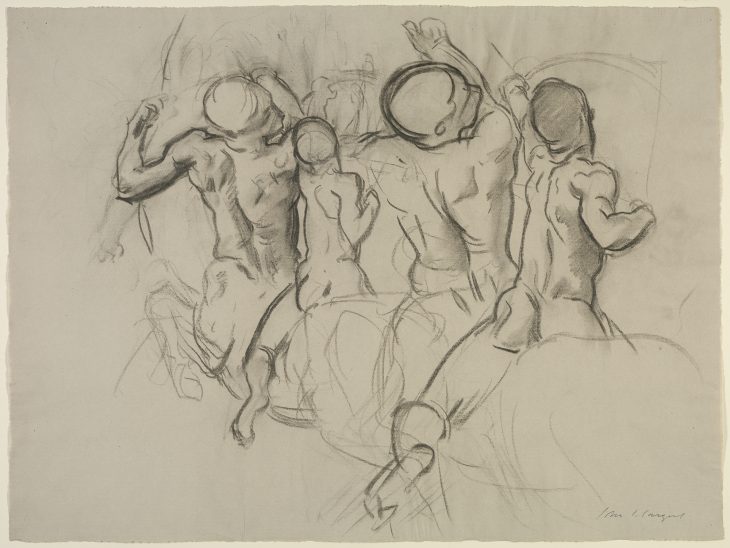
Study for Chiron and Achilles for the Rotunda of the Museum of Fine Arts, Boston (1916–21), John Singer Sargent. Isabella Stewart Gardner Museum, Boston
The drawings at the Gardner are intermediary products, records of the artist’s working process, rather than the highly finished charcoal portraits of friends and luminaries recently exhibited at the Morgan Library and Museum (and currently at the National Portrait Gallery, Washington, D.C.). Two studies of Chiron and Achilles for the MFA rotunda reveal Sargent experimenting with the poses of both warrior and centaur. In multiple versions of the composition on each sheet, Sargent sketches McKeller – who stood in for both the roles of heroic human and mythical beast – adjusting the placement of his arms. Here he extends them, there he bends his elbows at 90 degrees, a shoulder blade tensed. Each subtle variation on the page registers Sargent’s iterative modifications and the exchange between the men in the studio – the artist’s oral directive, the model’s physical response.
The exhibition asks us to reflect on whether using a black model to realise an array of white, classicised figures represents an act of effacement, exploitation, or even violence. Sargent’s process of transforming McKeller is captured in Study for Apollo. In the upper right, Sargent lightly outlines McKeller’s face and neck. At left, the artist replicates the contours of his model’s neck and shoulder, but substitutes McKeller’s head with that of the Apollo Belvedere, trading a portrait of a black individual for the iconic symbol of white, Western corporeal perfection. In Erica Hirshler’s insightful essay in the accompanying catalogue, she demonstrates how Sargent’s use of McKeller participates in the long, and primarily European, academic tradition of drawing from the live nude model. But the exhibition also considers how the stakes change when the setting and the actors shift to the crucible of early 20th-century America, an era in which the social order was redefined by the Great Migration and the expansion of Jim Crow. In this context, the facts unsettle: a young, impoverished, working-class black man supplemented his income by posing naked for an older, wealthy white artist. McKeller’s compensation for modelling helped him scrape by, though some of his letters, on view in the exhibition, document his financial hardship. By contrast, the MFA paid Sargent the then-enormous sum of $40,000 for the rotunda commission.
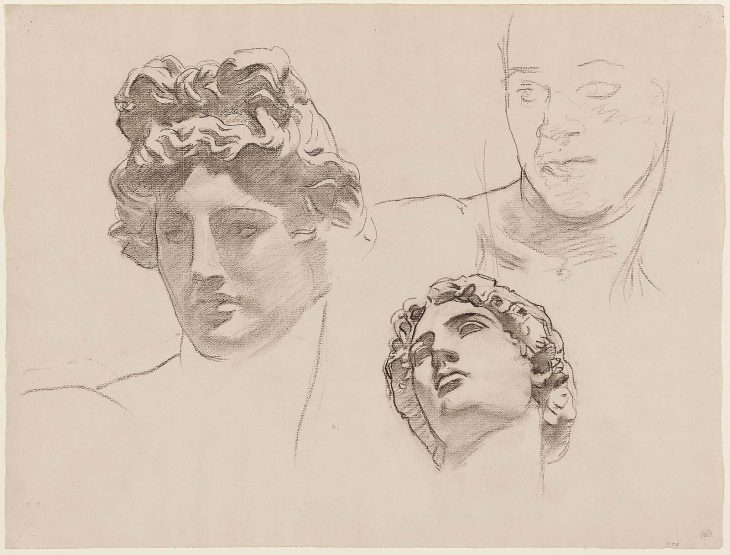
Study for Apollo in Classic and Romantic Art for the Rotunda of the Museum of Fine Arts, Boston (1916–21), John Singer Sargent. Museum of Fine Arts, Boston
In order to examine this disparity, the Gardner convened a series of roundtable discussions while planning the exhibition. A team of community collaborators, including local artists and scholars, assembled to respond to the works on display. Their interventions, in both prose and poetry, complement the curatorial labels throughout the exhibition. The work that draws the most potent and varied response, among the contributors to both the exhibition’s catalogue and its wall texts, is the show’s sole painting and most arresting image. On loan from the MFA, Thomas McKeller is a large oil study in which the model is presented fully and frontally nude. All of McKeller’s extremities – legs, arms, even head and neck – are pulled back, the diagonal formed by each thigh directing the viewer’s gaze to the model’s midsection. Because the study has no explicit connection to any of Sargent’s murals, there is no scholarly consensus on whether it was executed in preparation for an abandoned mural composition or if it was, as artist Steve Locke writes in his accompanying label, a painting Sargent ‘made for himself’, the product of ‘a shared confidence and trust’ between an artist and his muse.
The exhibition prompts viewers to consider, but importantly does not attempt to resolve, the nature of the men’s relationship. Several collaborators and catalogue authors read the oil study as a tender portrait, suffused with the artist’s attraction to, even yearning for, his model. To others, the men’s working relationship must be considered within the long history of racial violence in the United States, a context that supplants any latent or overt affection, sexual or otherwise, that permeates the art. In his representations of McKeller, ‘Sargent wields full control over his muse,’ Theo Tyson writes in an accompanying label. The artist operates, in this view, as ‘a master to McKeller in a relationship reminiscent of slavery’. Other collaborators agree. Kadahj Bennett argues that the charcoal drawings, oil study, and MFA murals present McKeller’s body ‘dismembered, manipulated, and renegotiated for white consumption’. It is indisputable that multiple forces over a hundred years have placed McKeller, in the words of art historian Nikki A. Greene, ‘under erasure’ in the archive, in the museum, and in much of the scholarship on Sargent. The voices that gather on the walls of ‘Boston’s Apollo’ cannot speak for McKeller, but together they begin to fill in the contours of a life we had glimpsed only through Sargent’s works.
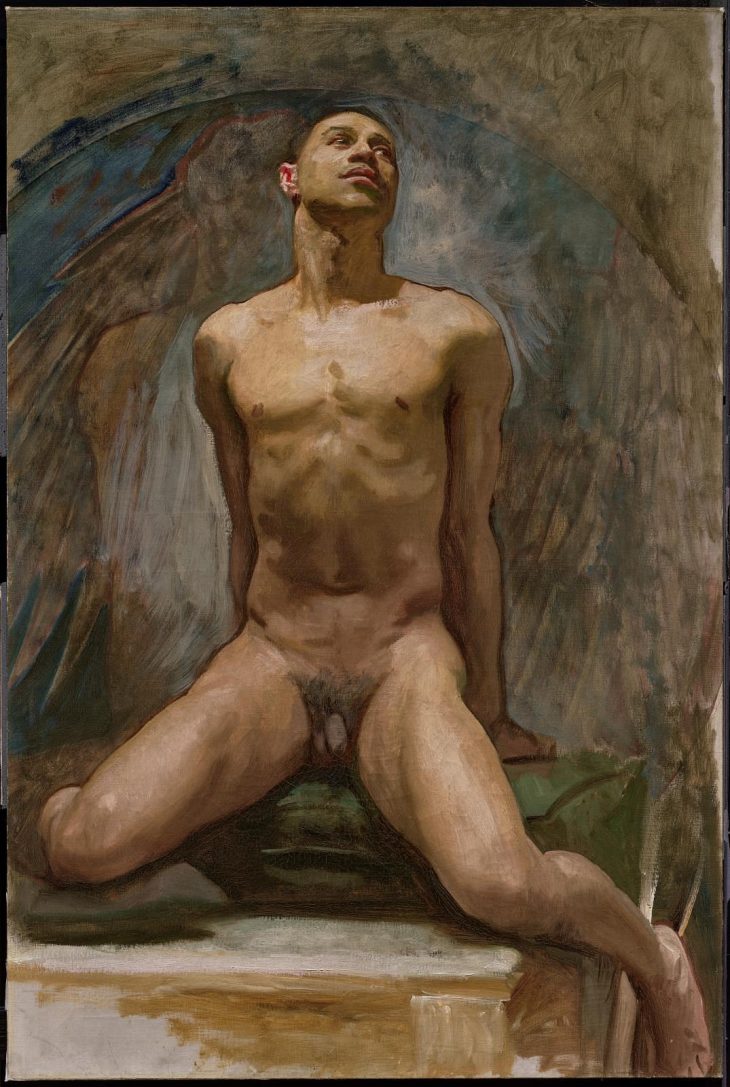
Thomas McKeller (1917–21), John Singer Sargent. Museum of Fine Arts, Boston
‘Boston’s Apollo: Thomas McKeller and John Singer Sargent’ is at the Isabella Stewart Gardner Museum, Boston, until 12 October 2020.
Unlimited access from just $16 every 3 months
Subscribe to get unlimited and exclusive access to the top art stories, interviews and exhibition reviews.

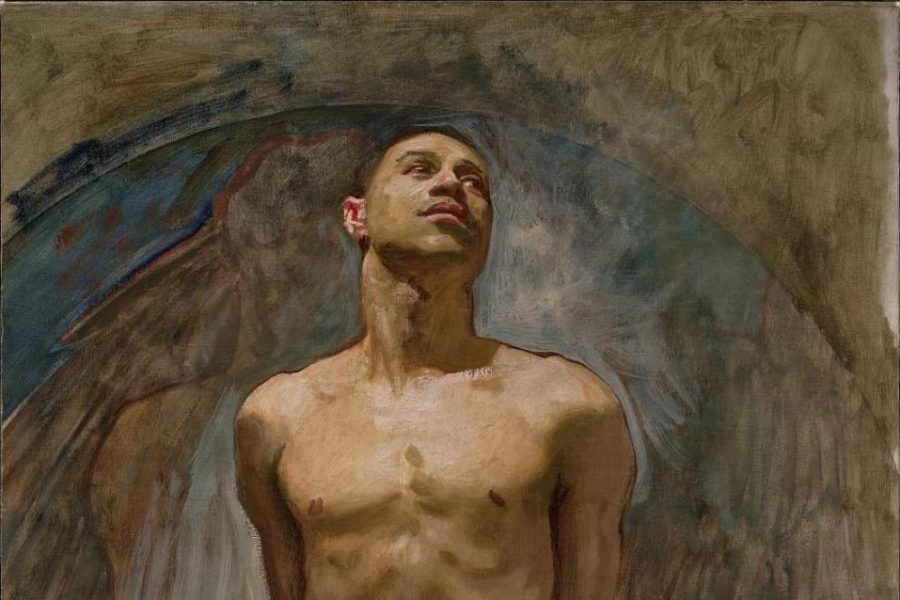
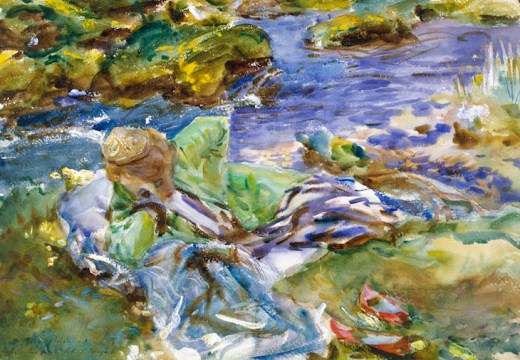
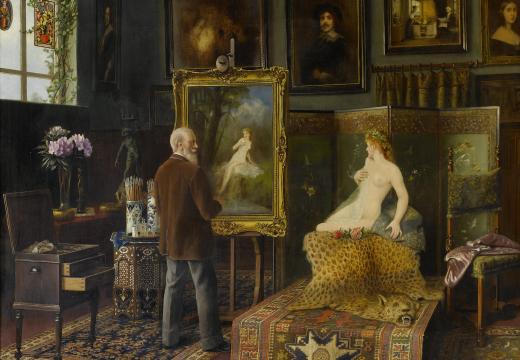
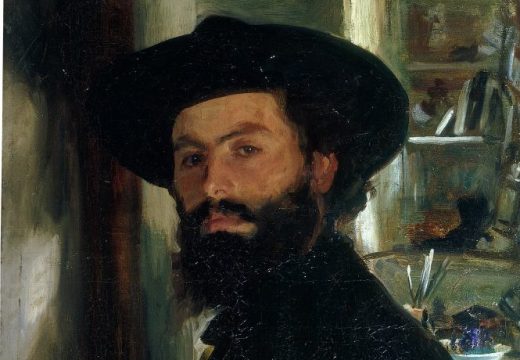









![Masterpiece [Re]discovery 2022. Photo: Ben Fisher Photography, courtesy of Masterpiece London](http://www.apollo-magazine.com/wp-content/uploads/2022/07/MPL2022_4263.jpg)
Why are fathers so absent from art history?